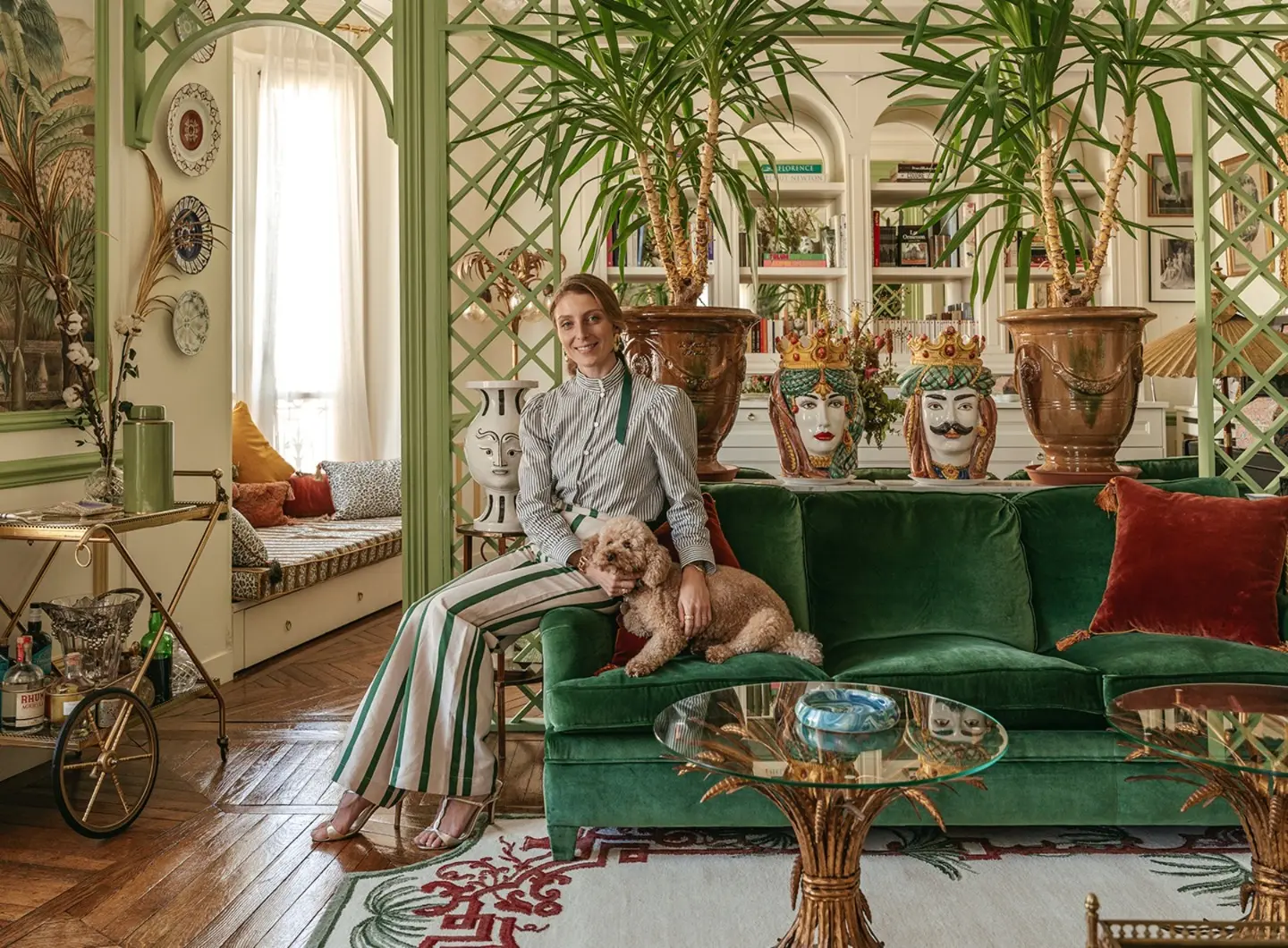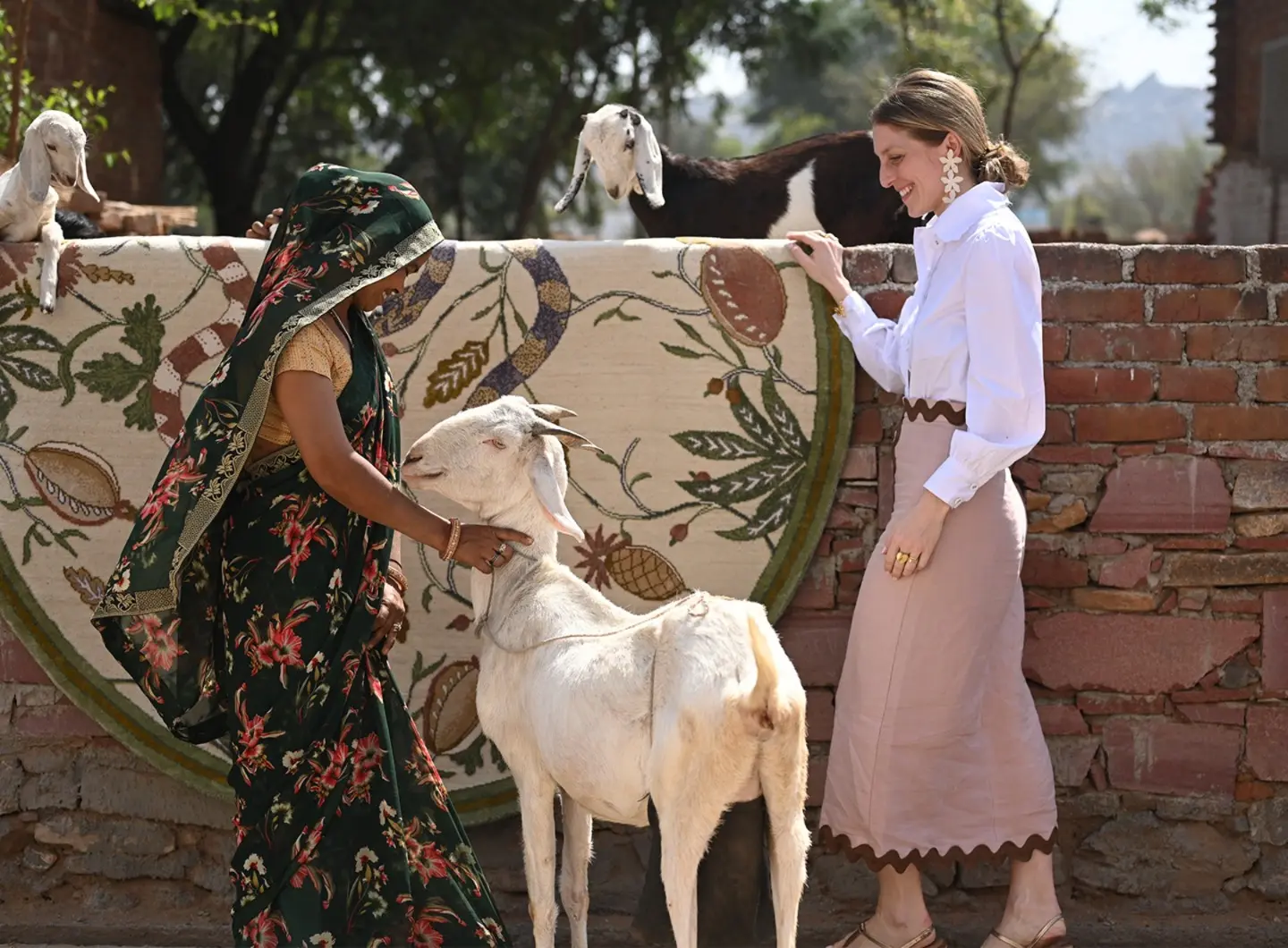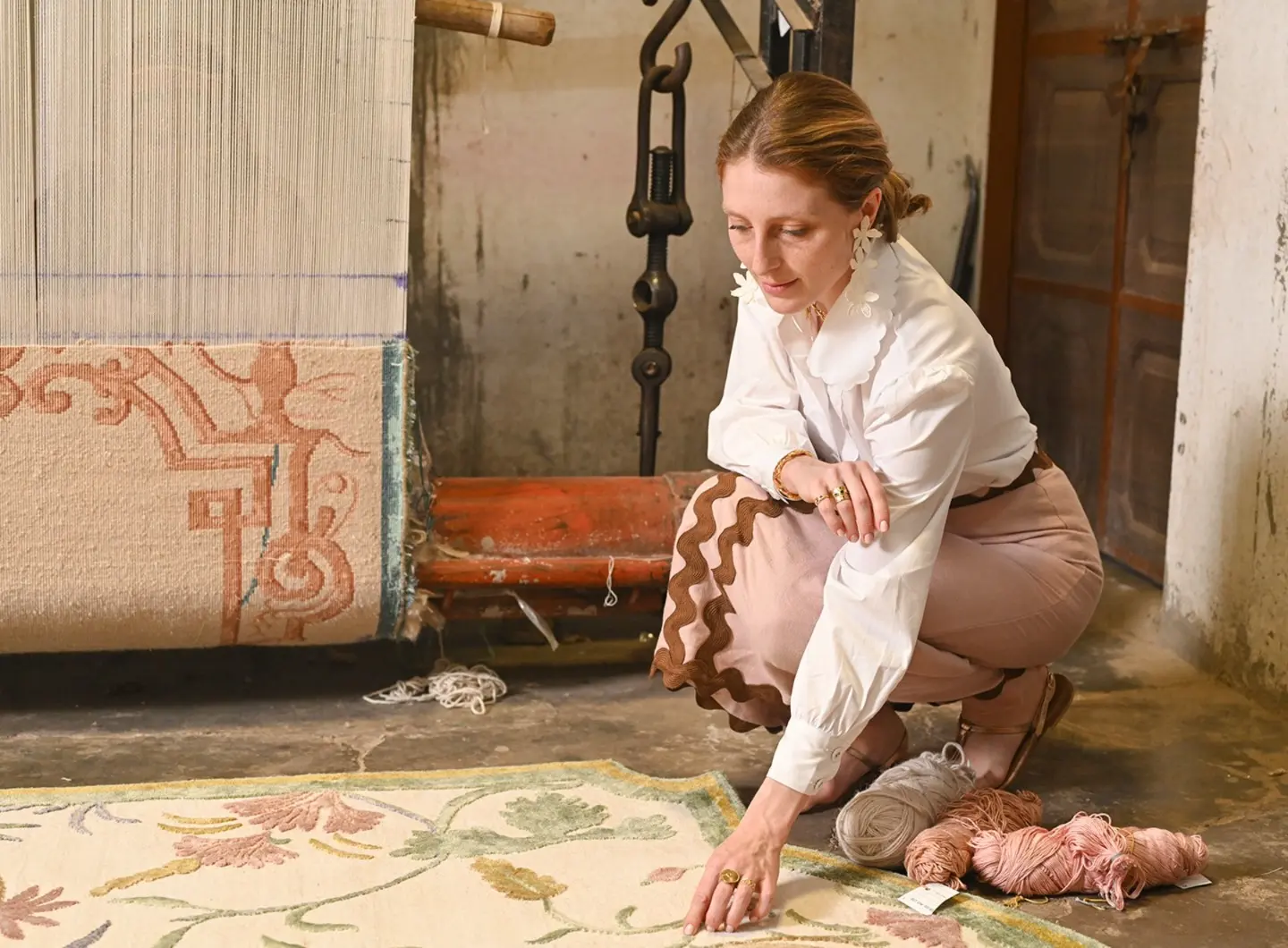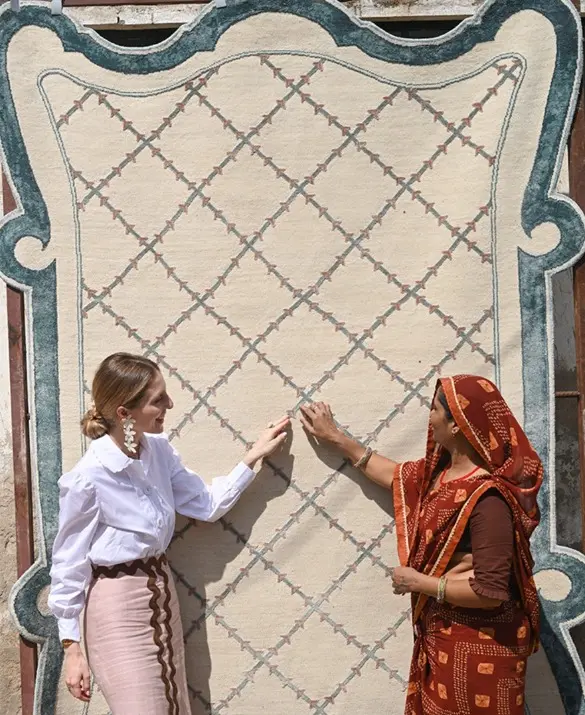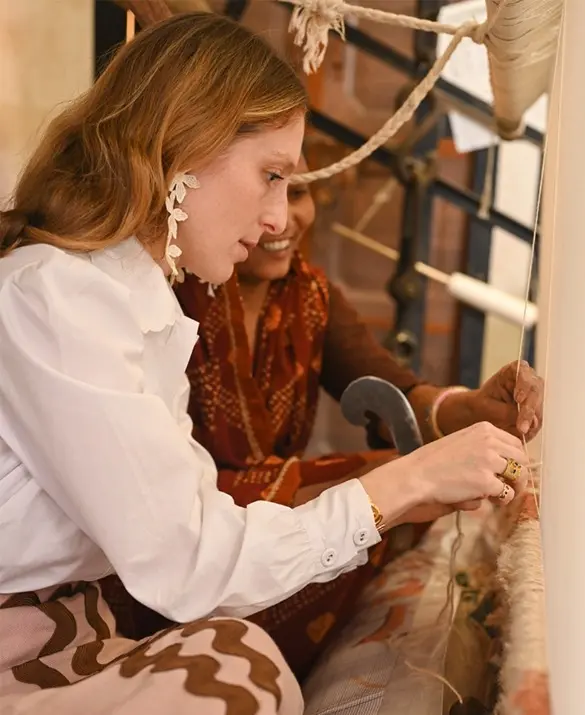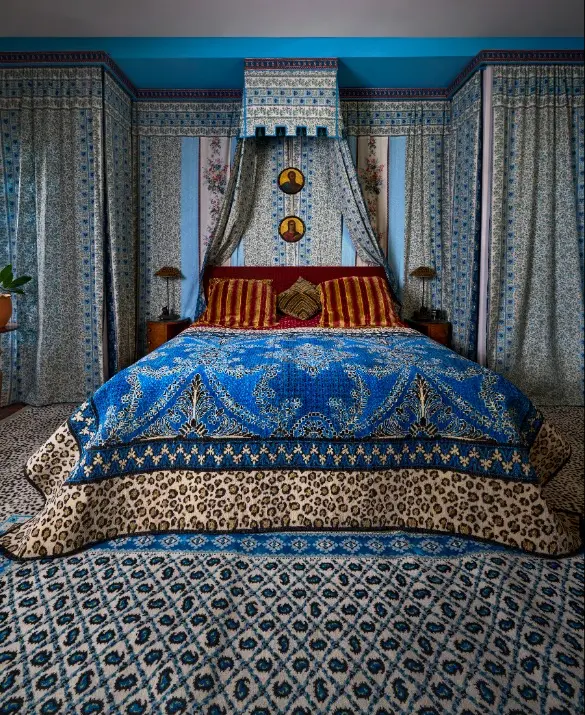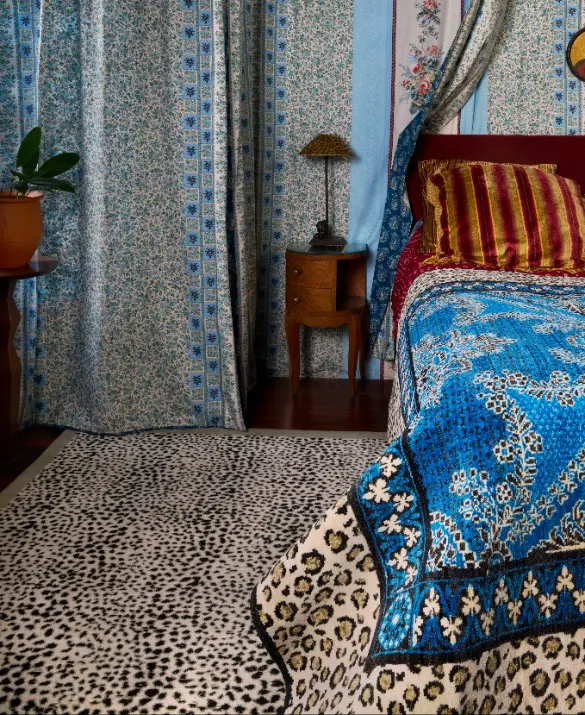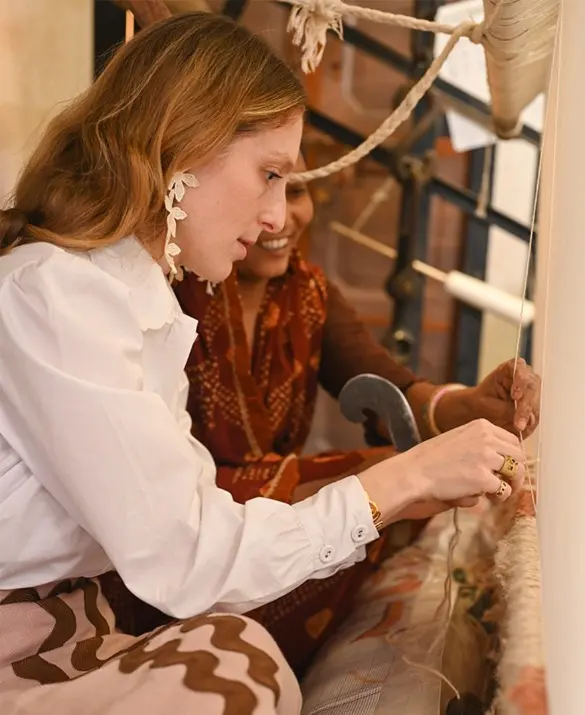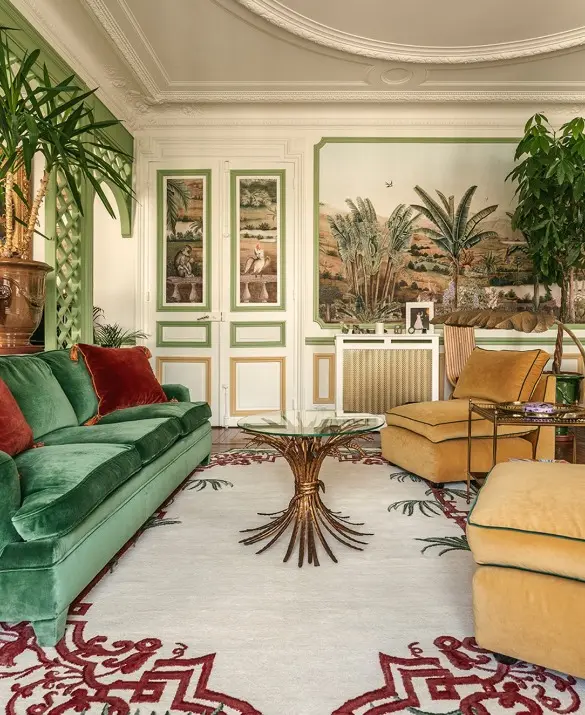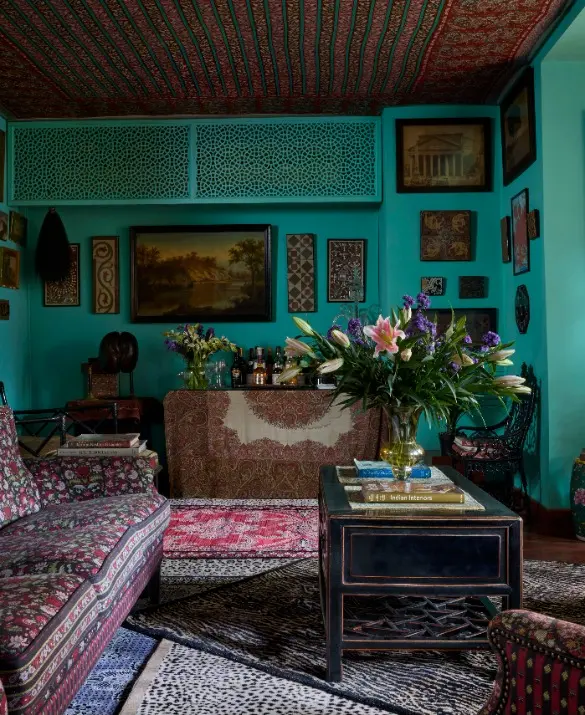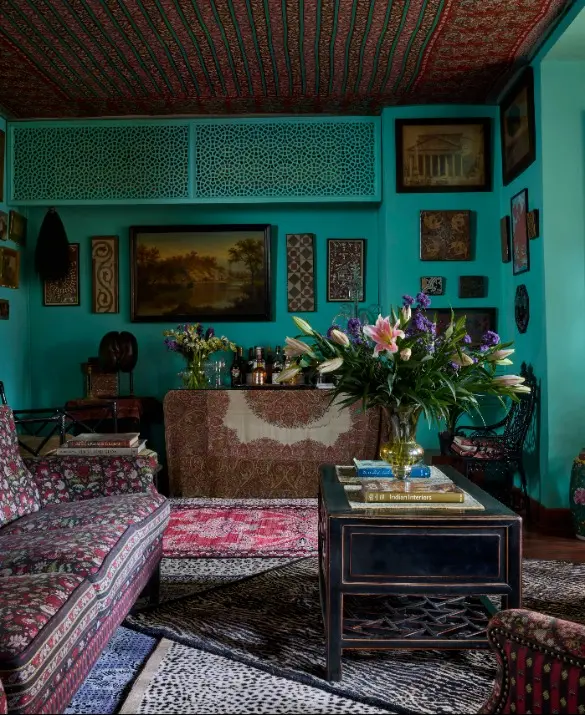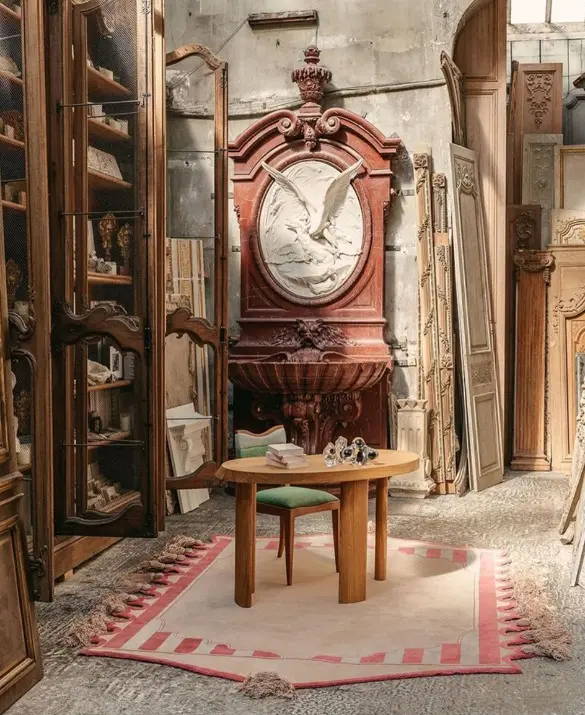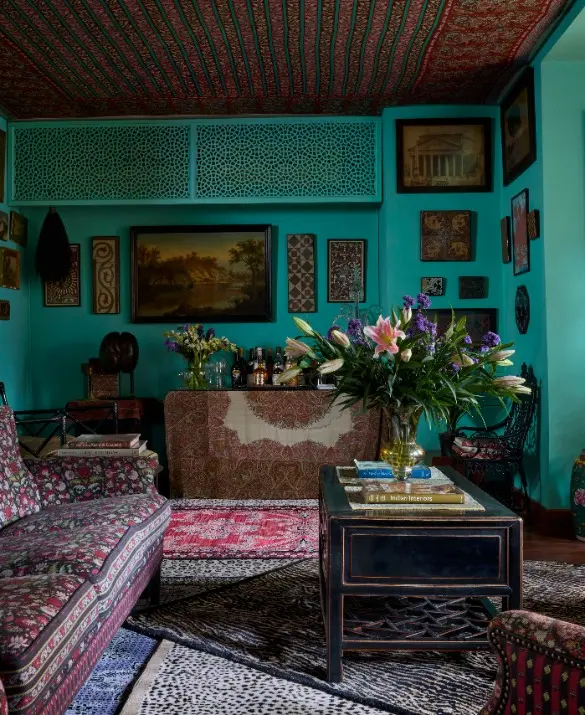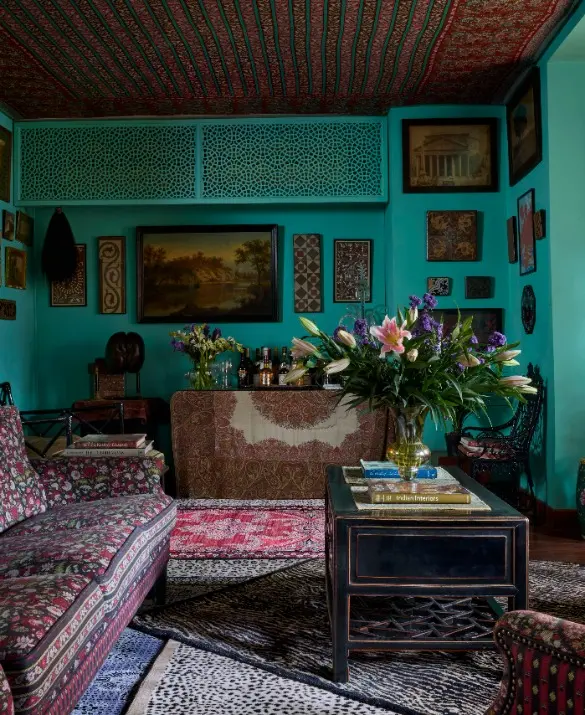Jaipur Rugs
INTRODUCES
The Snake Song
Collection: Jardins du Monde
Category: Accessories

JAIPUR RUGS - The Snake Song
Jardins du Monde by Tatiana de Nicolay reimagines 7 global gardens inspired by Albert Kahn's Paris Garden. Each handcrafted rug offers a serene escape into diverse botanical wonders. A showcase of artful grace.
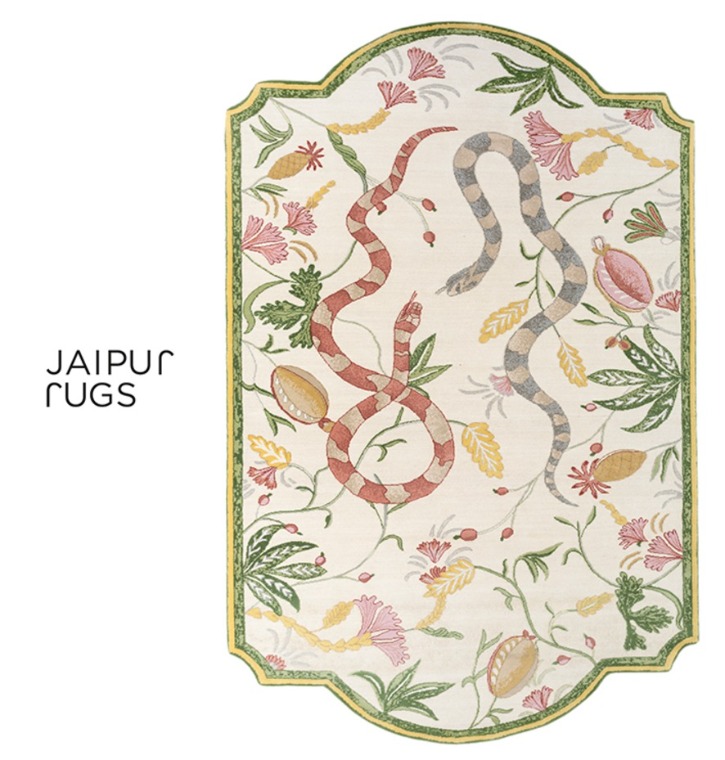
Product description
The fifth rug in the collection through the journey of exploration arrives at the tropical greenhouses showcasing ficus and bermuda palm trees, pepper vines and herbs. As you wander through the dense and abundant vegetation the song of a Quetzal or the hiss of a tropical snake is dominant which is why the rug takes its name.

Product name
The Snake Song
Designer
TATIANA DE NICOLAY
Materials
Wool
Dimensions
6x9 FT / 180x270 CM / 72x108 INCHES / 1.82x2.74 METERS
Production process
Hand-Knotted
Hand-knotting found its way into Indian heritage from Persia, giving it its name, Persian Hand-knotting. It’s uniqueness in art is through its style of printing; knot by knot and line by line, paying attention to each intricate detail. It’s a process taking a minimum of 2 months, ranging up to almost a year depending on the quality and size of carpet being woven.
Differentiating each knot was originally done by memory, where weavers would sing out the colors of the line of knots called Boli weaving. This later evolved to the use of design maps, which helped accommodate a rapidly changing design palate. Artisans place the design map at the base of the loom and use each pixel in a chart as a reference to a knot. Artisans with Jaipur Rugs are also a part of a unique sustainable initiative called Manchaha, where they get to design their own rugs at the loom.
Hand-knotting found its way into Indian heritage from Persia, giving it its name, Persian Hand-knotting. It’s uniqueness in art is through its style of printing; knot by knot and line by line, paying attention to each intricate detail. It’s a process taking a minimum of 2 months, ranging up to almost a year depending on the quality and size of carpet being woven.
Differentiating each knot was originally done by memory, where weavers would sing out the colors of the line of knots called Boli weaving. This later evolved to the use of design maps, which helped accommodate a rapidly changing design palate. Artisans place the design map at the base of the loom and use each pixel in a chart as a reference to a knot. Artisans with Jaipur Rugs are also a part of a unique sustainable initiative called Manchaha, where they get to design their own rugs at the loom.
Year
2025




